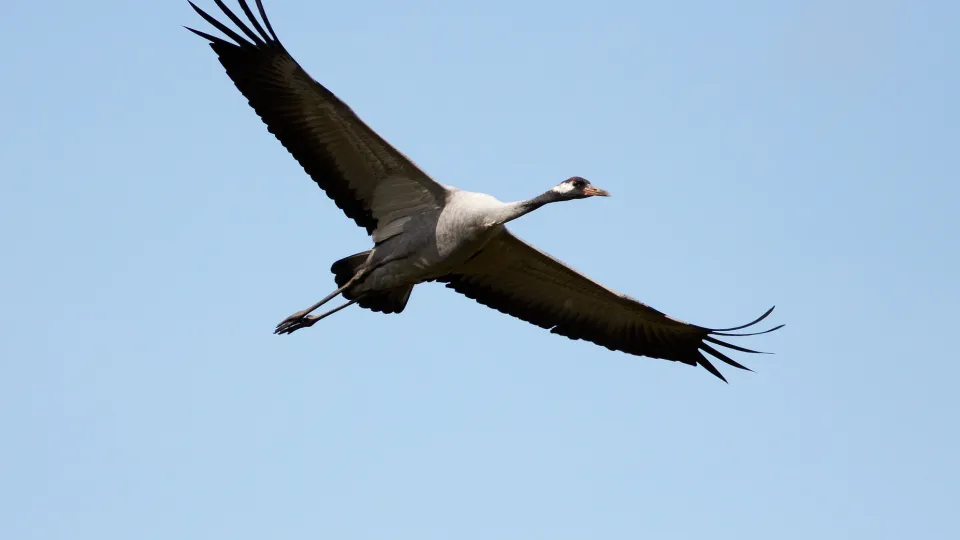
Common crane
As the UK’s tallest bird the common crane is instantly recognisable with the ruffle of tail feathers and very long legs. Their bugling call is also very distinctive.

As the UK’s tallest bird the common crane is instantly recognisable with the ruffle of tail feathers and very long legs. Their bugling call is also very distinctive.
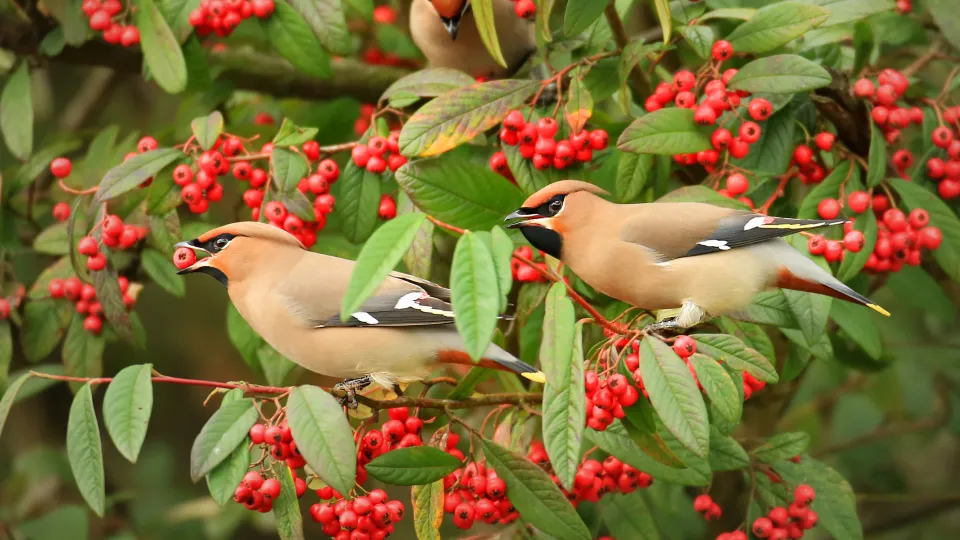
The waxwing is a colourful winter visitor. It can often be spotted in large flocks in berry-laden bushes in towns, car parks and gardens.
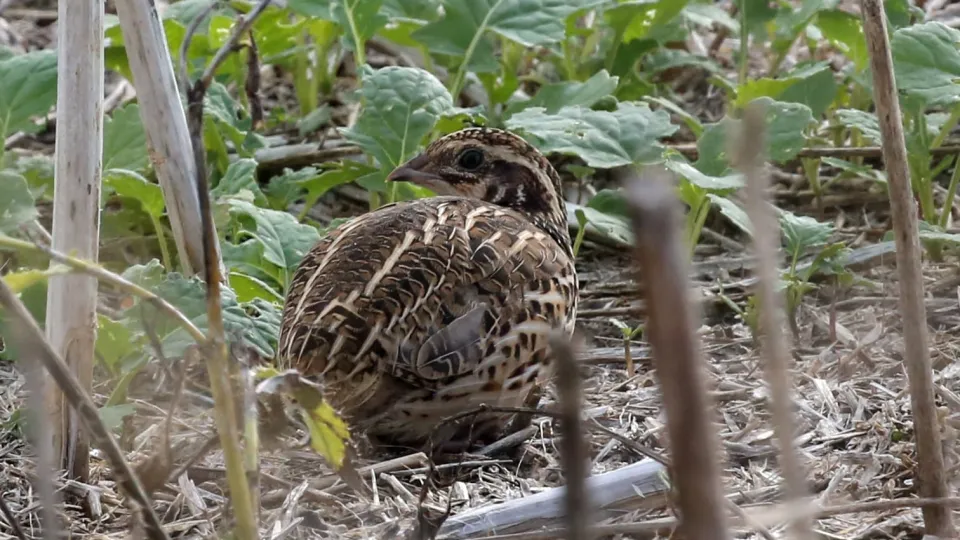
This tiny gamebird is rarely seen, but its distinctive "wet my lips" call can be heard ringing out over areas of farmland on summer evenings.
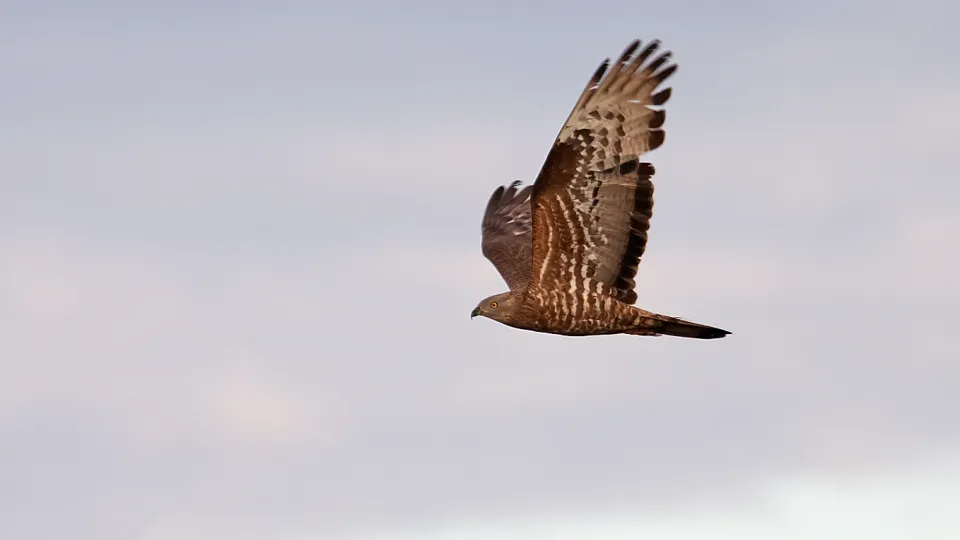
Rare summer visitors, honey buzzards breed in open woodland where they feed on the nests and larvae of bees and wasps.
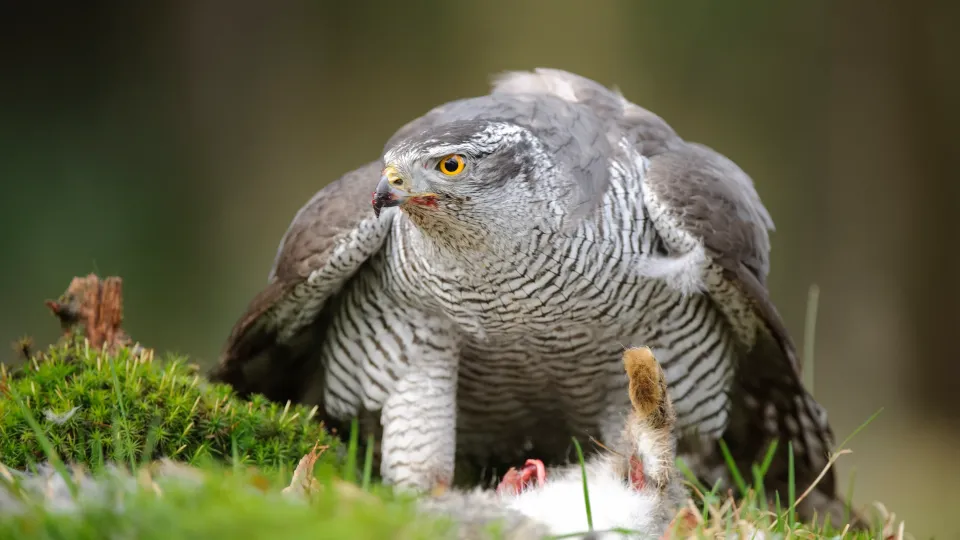
Known as the phantom of the forest, goshawks can fly through the trees at up to 40km per hour as they hunt birds and small mammals.
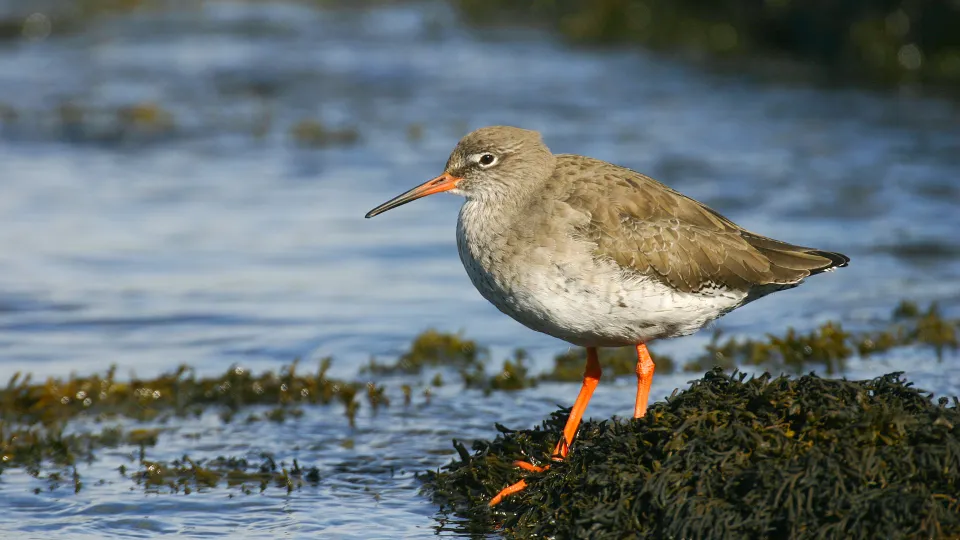
The redshank lives up to its name as it sports distinctive long, bright red legs! It feeds and breeds on marshes, mudflats, mires and saltmarshes. Look out for it posing on a fence post or rock.
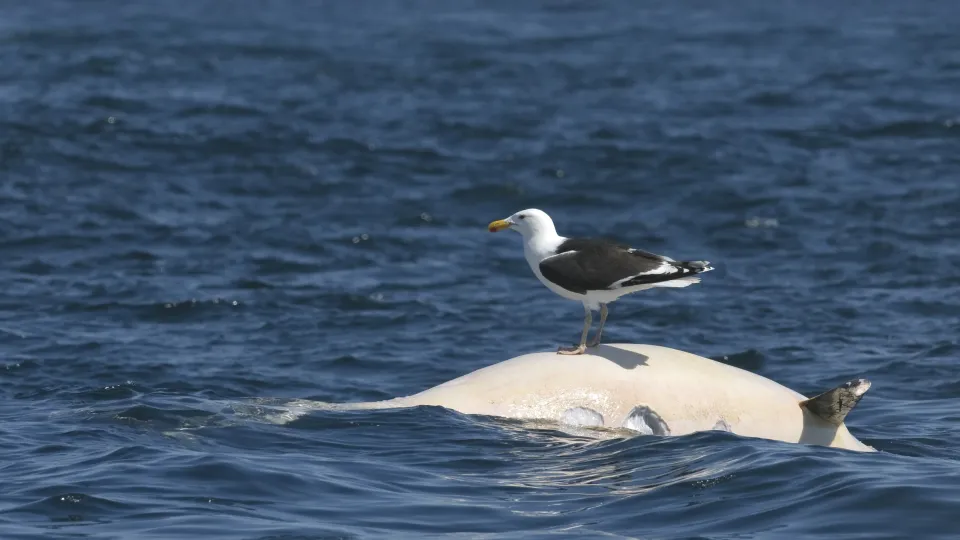
This huge gull can be seen around most of the UK's coasts in summer, with some venturing inland in winter.
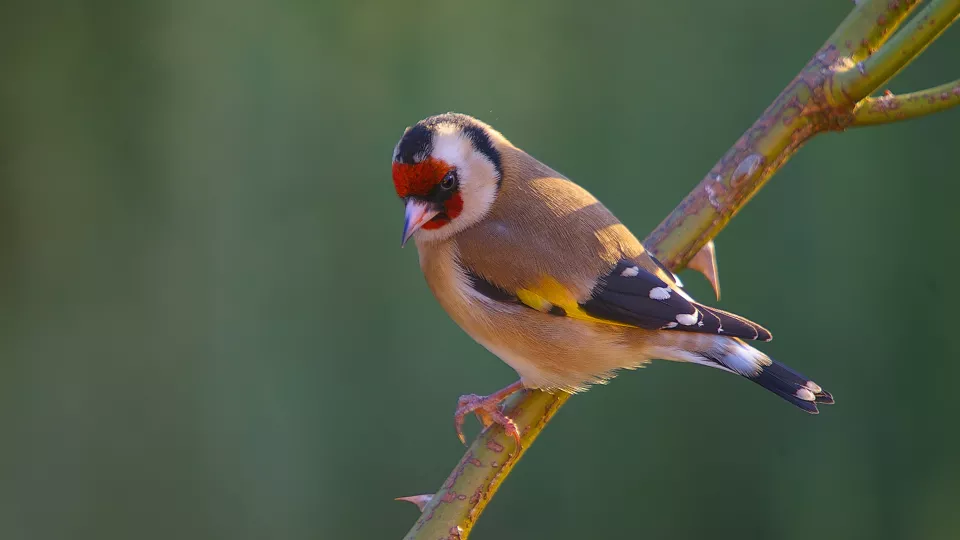
The striking red crown, golden back, and bright yellow wings of the goldfinch make it one of our prettiest garden birds. It happily visits birdtables and feeders across the UK.
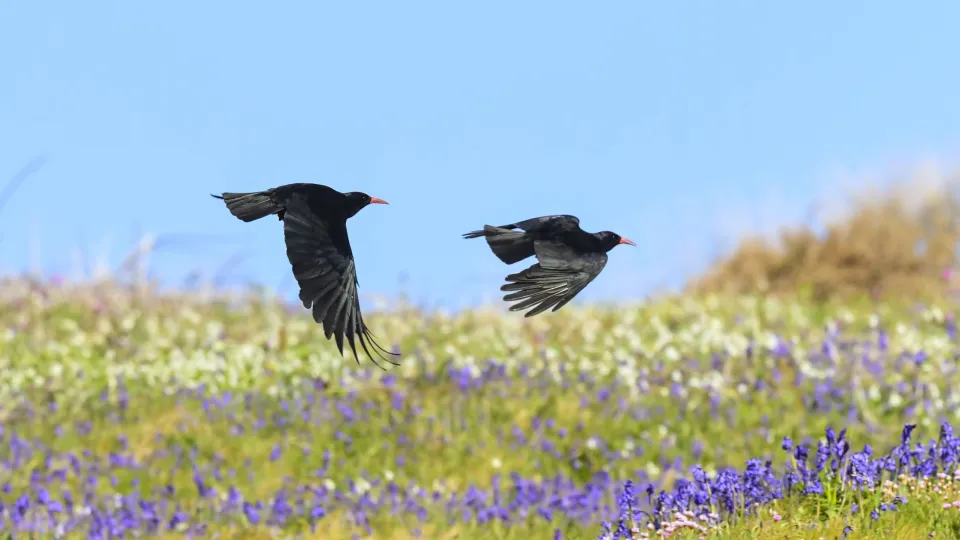
As the only crow with a red bill and red legs, the all-black chough is easy to identify. But it's harder to spot: there are only small, coastal populations in Scotland, Ireland, Wales, Cornwall and the Isle of Man.
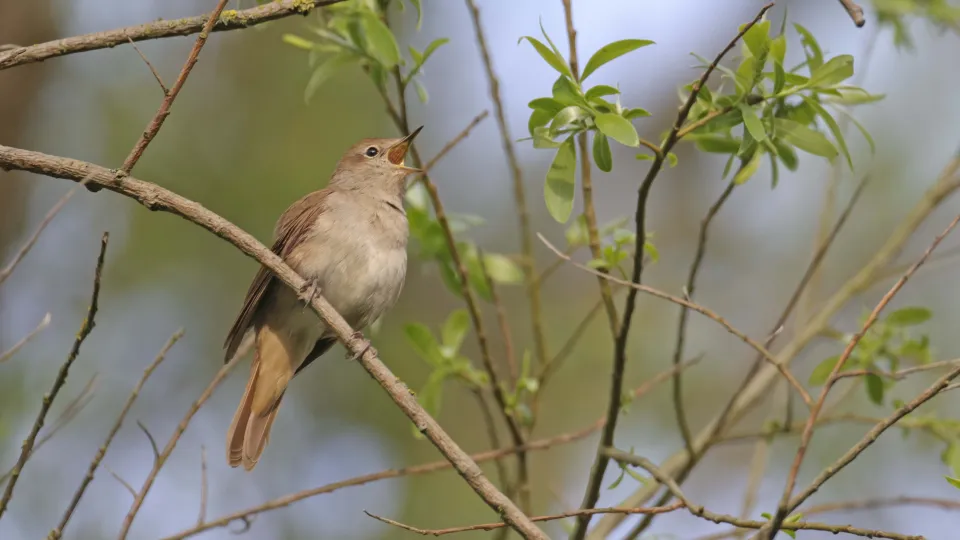
The melodious song of the nightingale is the most likely sign of this bird being about. Shy and secretive, it sings from dense scrub and woodland, day and night.